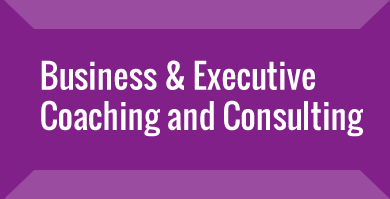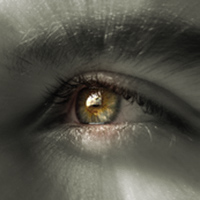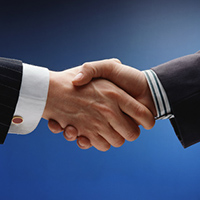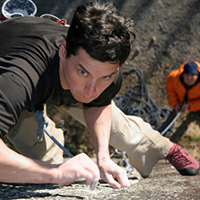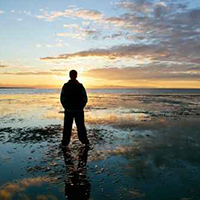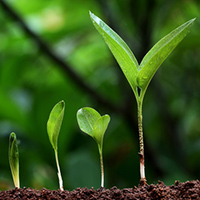No matter what consumer-driven industry you’re in, the latest developments in retail and shopping need to be on your radar. After all, retail is about that very crucial moment that consumers actually PURCHASE your goods and services in person.
While traditional retail is facing serious and sometimes deserved challenges (Bland chains! E-commerce! Environmental impact! The financial crisis! Demographics! Anti-consumerism!), most people do, and will continue to, enjoy going shopping in the real world. In fact, rather than witnessing RETAIL RUIN, a RETAIL RENAISSANCE is in the making.
Smart retailers are defying the boom and gloom scenarios, as they realise that shopping in the real world will forever satisfy consumers’ deep rooted needs for human contact, for instant gratification, for the promise of (shared) experiences, and for telling stories. Hence the flurry of new formats, technologies, capabilities and products that are now delighting retail customers around the world.
Here are just four drivers behind RETAIL RENAISSANCE:
- OFF=ON: How the benefits of shopping online can now be had offline by consumers too.
- RETAIL SAFARI: How experiences still rule.
- INSTANT STATUS FIX: How shopping in the real world delivers instant status gratification in a way that online (still) can’t.
- CITYSUMERS: The future of consumerism is urban, and urban culture is retail culture. On a global level.
1. OFF=ON
Way back in 2008, www.trendwatching.com on OFF=ON, highlighted the new ways in which the offline world was adjusting to, if not mirroring the increasingly dominant online world. Trend Briefing stated: “where OFF=ON gets most interesting [is that] a whole new set of business practices and processes, not to mention client involvement and marketing techniques, have emerged online, with consumers relishing these developments, and thus the offline world has to adapt.”
Consider this selection of stats:
- 8 out of 10 consumers research purchases online. While 42% research online and then buy online, 51% research online and then buy in-store (Source: Google & IPSOS OTX, September 2010).
- Multi-channel consumers who receive information from more than one source (store, online, mobile, or catalogue) prior to purchase, spend 82% more per transaction than a customer who only shops in store (Source: Deloitte, December 2010).
- E-commerce conversion rates have been hovering around 2-3.5% while brick-and-mortar conversion rates for fashion retailers have been around 20-25% (Source: Verdict Research, May 2010).
- Of the 40% of US consumers who own smartphones, 70% use their smartphones while shopping in-store (Source: Google & IPSOS OTX, April 2011).
- 74% of smartphone shoppers made a purchase as a result of using their smartphone. Of these 76% have purchased in-store, 59% online while only 35% have made a purchase via their smartphone (Source: Google & IPSOS OTX, April 2011).
- Mobile barcode scanning (including traditional UPC barcodes and QR codes) increased 1,600% globally during 2010 (Source: Scanlife, December 2010).
Smart retailers are increasingly catering to consumers’, mimicking if not actually bringing the online experience to their in-store shoppers: everything from in-store price comparisons and customer reviews to suggested pairings (shoppers who bought this also bought…).
Doing this will increase sales and improve customer satisfaction by reassuring shoppers that they are purchasing the best of the best, at the cheapest possible price: obviously required information in today’s “Expectation economy”. Add to this everything from e-coupons to buy-online / pick-up offline services, and the real world's enduring advantages will actually receive additional desirability because of online developments.
2. RETAIL SAFARI
Shopping moments are now ubiquitous: offline (in the real world, nearly everything now has a retail component!) and online. Meaning that over the last few years, smart retailers have looked hard at what would make them unique and forever desirable.
The ones who have been relentlessly reinventing themselves understood that while ON=OFF brings extra transparency and information into stores, shopping isn’t purely functional. For a large number of consumers around the world, ‘going shopping’ is a leisure activity: a way of relaxing, a source of entertainment or a chance to meet up with friends and share experiences.
Indeed, when consumers go shopping in person, they increasingly expect to feel or experience something that they can’t get online: a compelling spectacle, exclusive products, the ability to test and feel things, or learning how to use products. Hence, the rise in highly experiential stores and outlets, turning the retail arena around the world into a veritable RETAIL SAFARI.*
* We're not saying that physical stores will become wholly focused on providing ever more extreme experiences. It’s a cliché, but there will always be shoppers who just want the convenience and instant gratification of buying in a physical store. In those cases too, retailers who make that process so enjoyable or personal that consumers don’t feel the need to compare it online will thrive. Just look at Apple!
3. INSTANT STATUS FIX
Whether it’s the sensory impact of walking around a store, flaunting the bags, being served by caring shop personnel or just purchasing items in an environment with other people looking on, a shopping experience in the real world delivers instant status gratification in a way that online (still) can’t. However shallow that might be!
4. CITYSUMERS
Citysumers, sophisticated urbanites, who are ever more demanding and more open-minded, but also more proud, more connected, more spontaneous and more try-out-prone, eagerly snapping up a whole host of new urban goods, services, experiences, campaigns and conversations.
Urban culture is retail culture. Urban dwellers have more disposable income, more leisure time and virtually limitless opportunities to spend it, and as a result, retail therapy will remain a key prescription for CITYSUMERS.*
While this is obviously true in mature markets (that are already urban), the real story is in emerging markets, where urban migration unleashes tens of thousands of new, eager consumers into the retail arena every day (if this upsets you, please don't shoot the messenger! ;-).
* Certainly not all consumers adhere to the philosophy that ‘more=better’. From eco-concerns to un-consumption movements, sources of social status are increasingly fragmented for mature consumers, and now include ‘new’ status symbols such as generosity, skills, connectedness or reputation. But, whatever a consumer’s definition of status, in modern, connected, urban environments, there will forever be opportunities (temptations even) to satisfy it through consumption.
Source: www.trendwatching.com September 2011 Trend Briefing.








